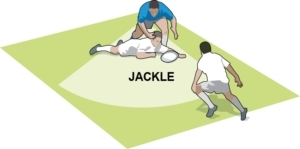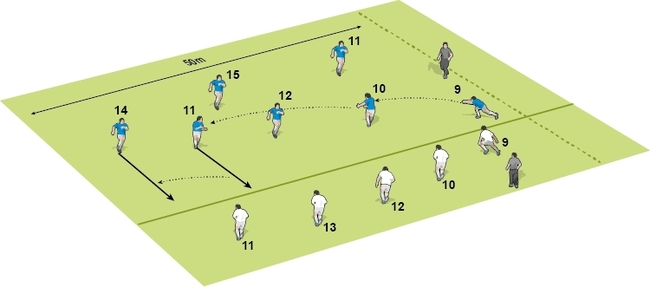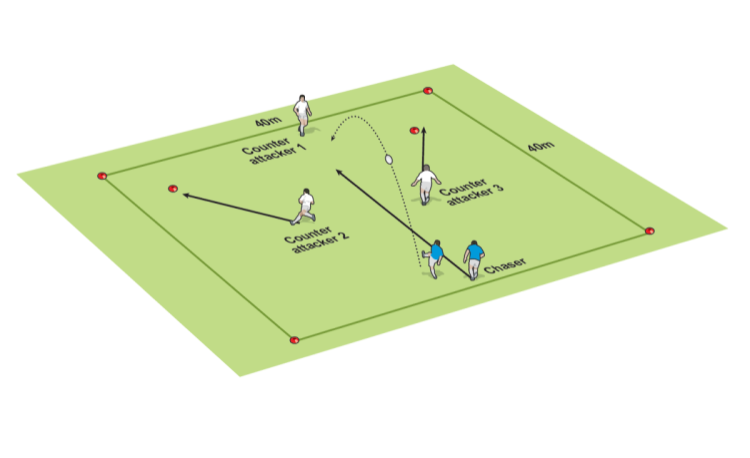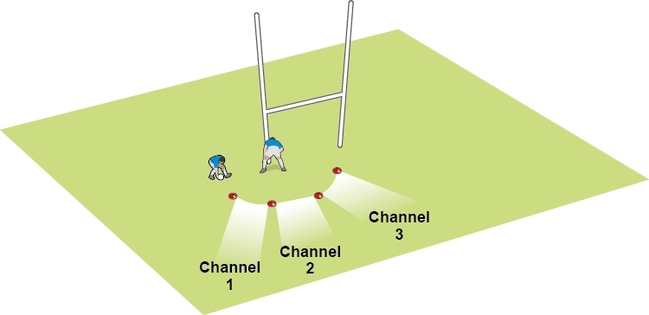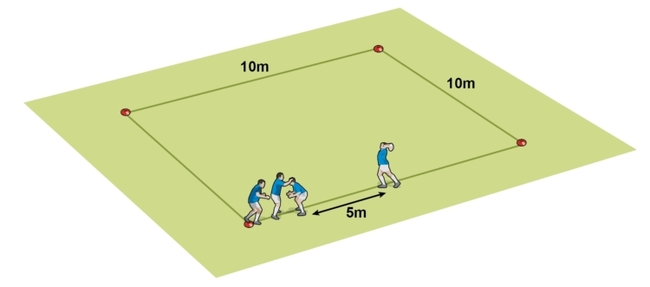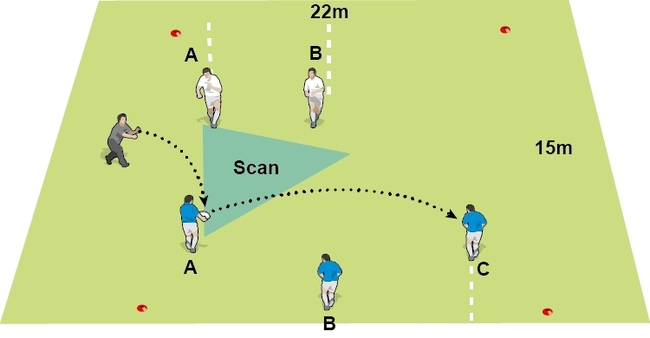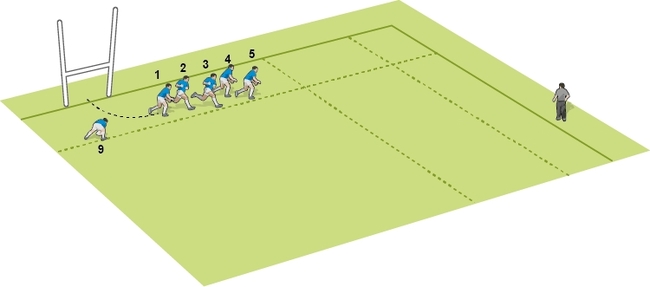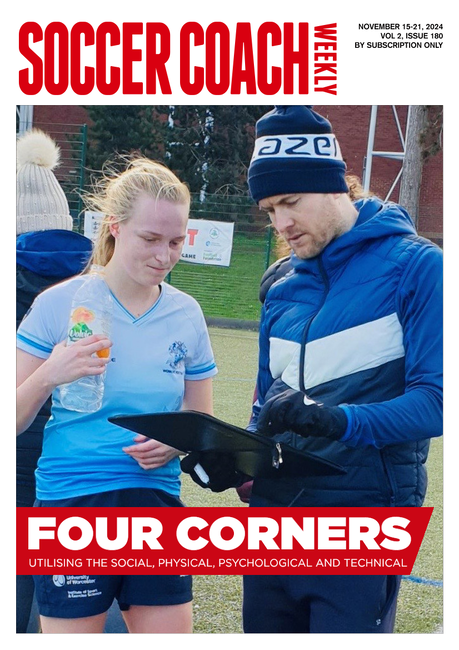Translate drills into a match performance
Fiji head coach MICK BYRNE on appreciating skill development and individuals.
Though it sounds obvious, the number one priority of any coach is to see a clear transfer of skills from practice ground to playing field.
There are three challenges for the rugby coach...
1. To understand the technical aspects of the skill
Without this, you do not have a template for success.
I break down each skill, such as passing, into its component parts to know what movements the body needs to make to achieve a desired outcome.
To know the principles, you need to understand the anatomy, physiology and psychology of the player and their skill levels.
2. To work with the individual to achieve better outcomes
This is not simply a player conforming to a template. It is about developing the individual within their own skillset and letting them adjust some aspects, while retaining other methods which might be particular to them.
3. To recognise that there is a no one way to perform a technical skill
It amazes me that, in so many different sports, there is a clearly understood method of achieving an outcome and everyone is working towards that definitive technique.
For instance, we know that, in golf, the club has to be square at the point of contact with the ball.
Yet, in rugby, there are plenty of schools of thought on passing, tackling and goal kicking.
No one has isolated a technique that is universally accepted – the challenge for the coach is to know which to select and to apply with the individual.
It is interesting that, in other sports, there is a priority to define the correct technique. In rugby, we just go with what we think or have learned before.
The challenge for the coach is to understand the correct movements that provide consistent outcomes.
Individuals are mostly the same
Does this mean that players can have their own peculiar style and we don’t need to intervene? In some cases, yes.
The main measure of success is the outcome. If a player has an 85% kicking success rate, then you would not want to be messing around with that approach too much.
However, that happens only once in a generation – so, with most players, you will be returning to your template. The clever part is the subtle adjustment of the individual as they seek out the perfect technique.
You can help them work towards this, while the player must do it within the confines of their own body and mind.
Take, for example, the golf swing of the American golfer, Jim Furyk. When the club head meets the ball in the swing, all the principles are in place to strike the ball straight down the fairway.
However, as those who have seen his swing will know, he has a rather strange waddle at the top of it. He has developed his own way of getting to the answer, but the principles are in place to deliver the right outcome. Remember:
- The right principle must be used to achieve the right outcome.
- There is a template for each principle. Very few players cannot follow that template to be successful.
- You must let the player discover this for themselves.
Related Files
Newsletter Sign Up
Coaches Testimonials

Gerald Kearney, Downtown Las Vegas Soccer Club

Paul Butler, Florida, USA

Rick Shields, Springboro, USA

Tony Green, Pierrefonds Titans, Quebec, Canada
Subscribe Today
Be a more effective, more successful rugby coach
In a recent survey 89% of subscribers said Rugby Coach Weekly makes them more confident, 91% said Rugby Coach Weekly makes them a more effective coach and 93% said Rugby Coach Weekly makes them more inspired.
Get Weekly Inspiration
All the latest techniques and approaches
Rugby Coach Weekly offers proven and easy to use rugby drills, coaching sessions, practice plans, small-sided games, warm-ups, training tips and advice.
We've been at the cutting edge of rugby coaching since we launched in 2005, creating resources for the grassroots youth coach, following best practice from around the world and insights from the professional game.




